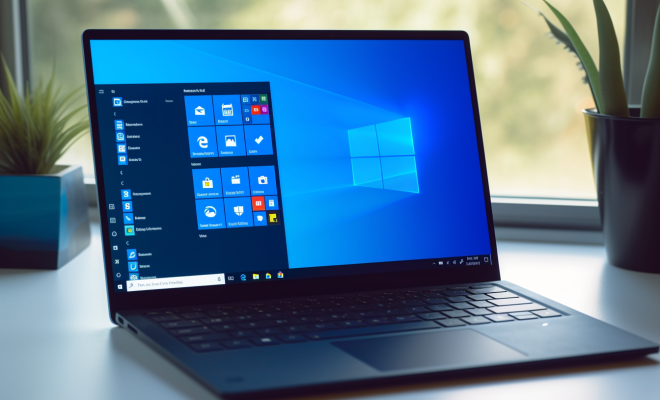What Is SIP and How Does It Work?

Session Initiation Protocol (SIP) is a signalling protocol used for initiating, managing, and terminating multimedia communication sessions over the internet. It is widely used for voice and video calls, messaging, and other forms of real-time communication.
SIP works by establishing a signalling pathway between two or more devices or endpoints over the internet. The pathway is used to exchange information about the communication session such as its start time, duration, media type, and endpoint addresses. This signalling pathway is separate from the actual data transmission pathway, which carries the media content like audio or video.
SIP-based communication sessions usually involve three main components:
1. User Agents
A user agent is any device or application that can use SIP to establish a communication session. This can include softphones, IP phones, web browsers, and mobile apps.
2. SIP Proxy Servers
These are intermediary servers that help to route and manage SIP signalling messages between user agents. There can be multiple proxy servers involved in a single communication session, depending on the complexity of the network topology and the communication requirements.
3. SIP Registrar Servers
These servers are responsible for maintaining a directory of user agents and their contact information. When a user agent wants to initiate a communication session, it first registers with the registrar server to provide its current contact details.
SIP uses a simple request-response model for exchanging signalling messages between user agents and proxy/registrar servers. Each message is composed of a header and a body, which contain information about the message type, destination, and content. Examples of SIP messages include Invite, Acknowledge, Cancel, and Bye.
The SIP protocol is designed to be extensible, flexible, and interoperable with other protocols and technologies. This allows it to support a wide range of multimedia communication scenarios, including voice calls, video conferencing, instant messaging, file sharing, and more.
SIP, however, is not a complete solution for multimedia communication. It requires additional protocols and technologies like Real-time Transport Protocol (RTP) and codecs to transport and encode/decode media streams. It also relies on network infrastructure like routers, switches, and firewalls to ensure proper connectivity and security.
In conclusion, SIP is a critical protocol for enabling real-time multimedia communication over the internet. Its simplicity, flexibility, and interoperability make it ideal for a wide range of applications and scenarios. By understanding how SIP works, businesses and individuals can leverage its power to stay connected, share information, and collaborate in real-time.






